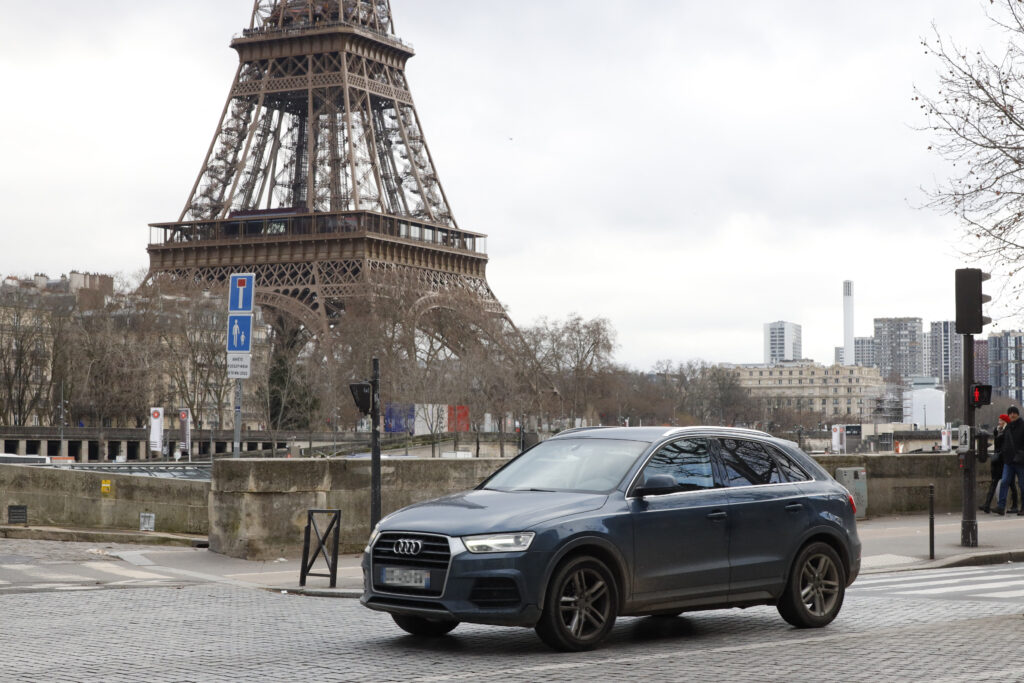The Paris City Hall announced on Thursday a restricted traffic zone (zone à trafic limité or ZTL in French) in the heart of the city, banning vehicles that pass through the central four districts of the French capital.
The measure will take effect on Monday, David Belliard, the deputy mayor for transport (and of the ecologist party), told AFP.
However numerous exceptions will apply to people wanting to drive in the 5.5 square kilometre zone. The rule will not apply to residents or workers in the area, and emergency vehicles, buses, taxis and people with reduced mobility will have access as well. But besides these essential trips, people will still be allowed to drive into the centre to go shopping or to the cinema.
Delayed several times, the ZTL was a campaign promise of Paris Mayor Anne Hidalgo, who argues it will “free up public space” occupied by cars and reduce pollution. A similar strategy has been adopted by several other major European cities like Madrid, Milan, and Rome in their central districts.
Since the project was announced in May 2021, its boundaries have been the topic of complex negotiations with the police prefecture, which co-signed the decree published on Thursday.
Areas that were initially included, such as the space between Boulevard Saint-Germain and the Seine on the left bank, as well as Île de la Cité and Île Saint-Louis, have now been removed from the zone. So too have the upper quays on the right bank.
Paris City Hall expects a “substantial” reduction in traffic volume on the busiest streets. It estimates that only around 30% of people crossing this area actually need their vehicle. "For the other 70% cars are purely for comfort," the City said. It also anticipates a reduction in noise and an improvement in air quality, thanks to lower nitrogen dioxide concentrations.
Opponents argue that the measure will hit the city's commercial centre and create more traffic in the surrounding areas. These side effects have been analysed in prior studies however.

